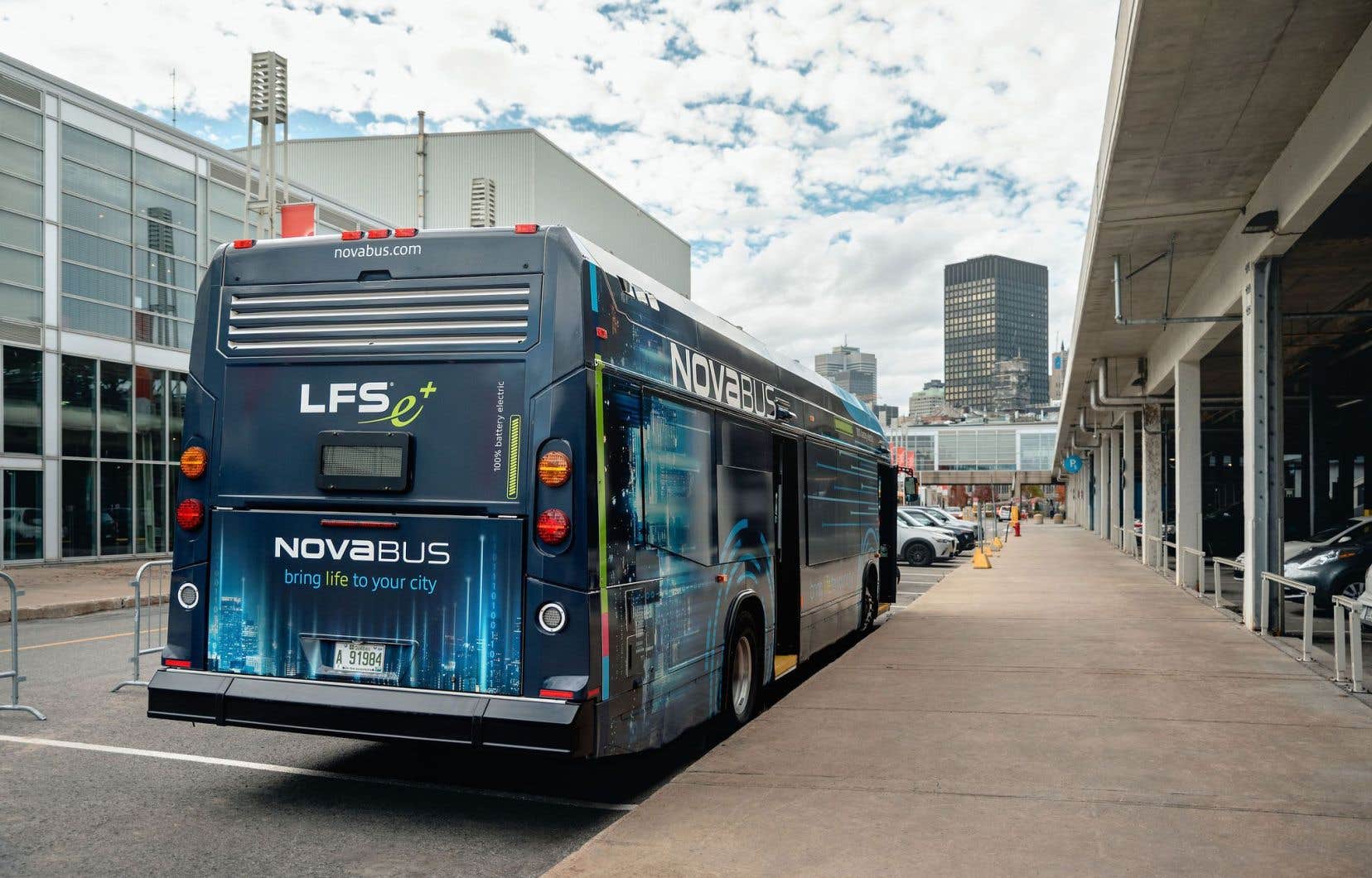This text is part of the special section Electric and intelligent transport
As the tabling of the Quebec budget approaches, Propulsion Québec’s brief highlights the good direction the provincial government is taking, but recalls the importance of continue to support development and growth of the electric and intelligent transport sector.
Since its creation in 2017, this sectoral organization – or “cluster” in the jargon – has established itself as the voice of the electric and intelligent transport (TEI) industry. Its 250 member companies, which now employ more than 9,000 Quebecers, have tripled their turnover in five years, consolidated at $3.3 billion.
“We have made major progress in the areas of recharging and the battery sector,” says Michelle Llambías Meunier, CEO of Propulsion Québec. “The programs in place are all excellent, but there are a lot of adaptations to be made. »
Propulsion Québec’s brief deplores several holes in access to venture capital for businesses, delays in recharging heavy vehicles and the lack of predictability of programs. But the main thing – and the most surprising thing – is the absence of an overall strategy.
For a consolidation of sub-strategies
“Both Quebec and Ottawa have opted for a bottom-up approach,” she explains. What we have is a program strategy and various departmental strategies, such as the Green Plan, but nothing overall. »
If the strategies of the battery sector and the valorization of strategic minerals are well established, Michelle Llambías Meunier emphasizes that they constitute only one aspect of an overall TEI strategy. “There is currently no real, coordinated government TEI strategy that consolidates all the sub-strategies into a coherent whole. »
Michelle Llambías Meunier agrees that it would be possible to continue moving forward by tinkering with what is missing over time, as is currently done. “But it would certainly help if the government made a top-down coordination effort. Without a coordinated strategy, we may be able to achieve our objectives, but we will miss parts of them. »
In 2022, after long months of major consultation, Propulsion Québec adopted its own strategy, the Ambition TEI 2030 industrial roadmap. “We are not a lobby. Propulsion Québec was asked by the government to find out what is happening in the sector and see the blind spots. But our roadmap does not replace government policy. »
Filling and catching up
As for the other priorities presented to the Quebec Minister of Finance, the most immediate problems concern access to capital and the lack of predictability of the programs in place.
When it comes to financing, companies in the TEI sector have access to a lot of funds for the development of their operations and sales efforts, but there is no funding for seed and start-up specialized in TEI. There are tax credits and the Canada Sustainable Development Technology Fund, but nothing that exactly meets the needs of our sector.
“We have a lot of manufacturing companies that require more start-up funds than the software sector. We studied what is missing, and the figures are very precise: 68 million in pre-startup and more than 420 million in start-up. »
A good half of Propulsion Québec’s recommendations concern the improvement of multi-annual programs already in place. The brief gives details of the bolts to be tightened, but all the programs agree on a common problem: the lack of predictability.
For example, two of them, Écocamionnage and the School Transportation Electrification Program, expire on March 31 this year without us yet knowing whether they will be renewed. A harmful wavering, judges Propulsion Québec. “If we want to accelerate investments, the government should announce its intentions a year in advance,” says Michelle Llambías Meunier.
In the fabric of programs in place, Propulsion Québec reports a very significant hole which is hampering its electrification: the delay in the deployment of charging stations for heavy and medium vehicles. According to the Portrait of Electrification of Vehicle Fleets designed by the organization, Quebec has more than 115,000 all-electric light vehicles, 863 medium vehicles and 79 heavy vehicles, compared to 180,000 heavy trucks in circulation. However, heavy vehicles account for 13% of GHG emissions, or a large share of the transport sector (43% of Quebec emissions). “What this shows is that we are falling far behind our objectives. »
Half-heartedly, the brief deplores the lack of attention given to public transportation. “We say it and we believe it. The electrification of vehicles will not be enough to ensure the decarbonization of transport. Reducing travel and modal shift, which are the other two aspects of our action, will be key. »
The government strategy, she judges, must absolutely include the municipal sector, which manages public transport. “Perhaps we will need to review the business model, but our cities will certainly need resources. »
This content was produced by the Special Publications team at Duty, relating to marketing. The writing of the Duty did not take part.
